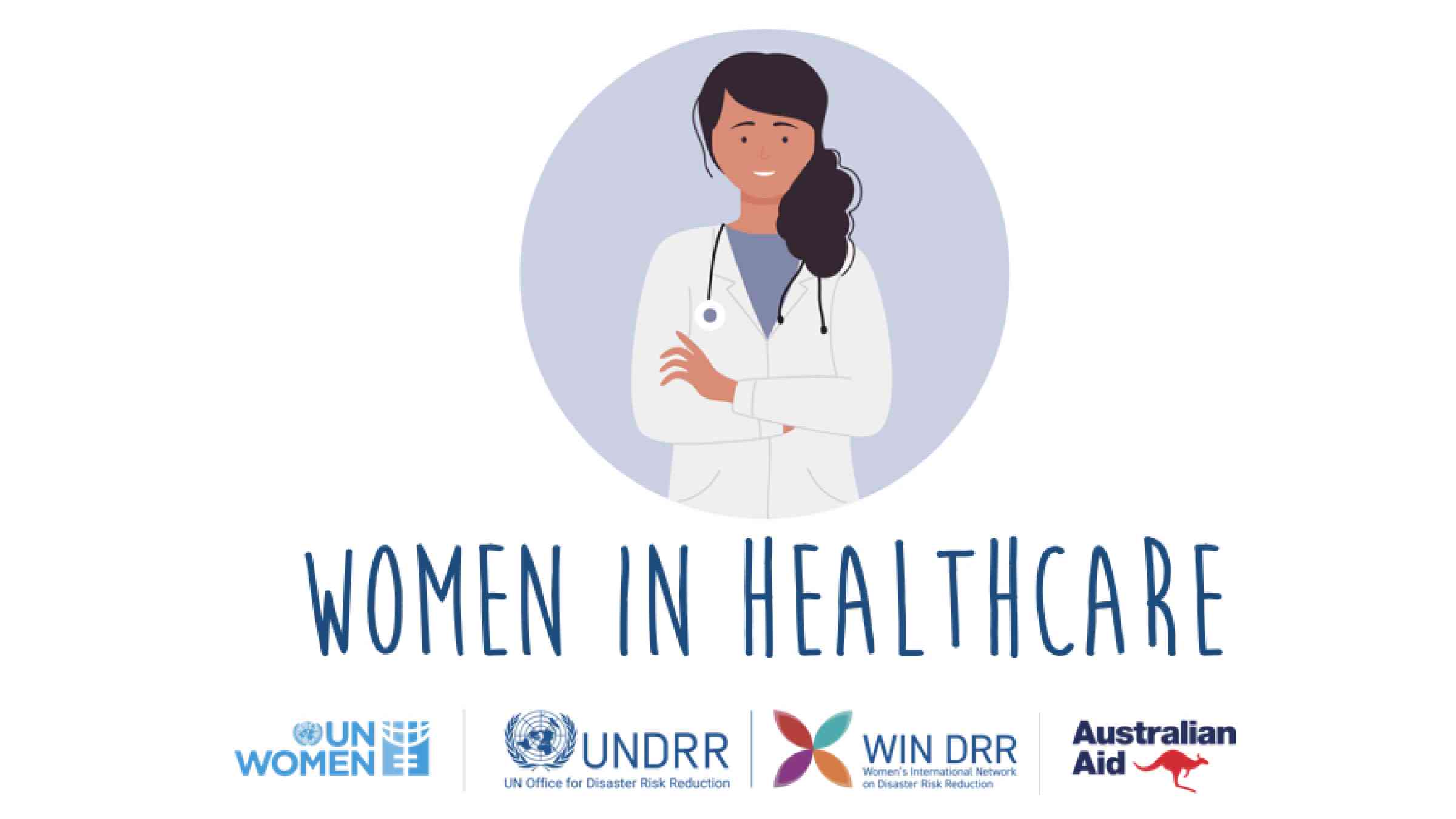The Value of Healthcare RCM in Enhancing Cash Flow and Performance
The Value of Healthcare RCM in Enhancing Cash Flow and Performance
Blog Article
A Comprehensive Guide on Just How Health Care RCM Works to Improve Payment and Collections
Browsing the intricacies of medical care profits cycle monitoring (RCM) is essential for providers intending to improve their billing and collections procedures. The overview unpacks the complexities of RCM, from person enrollment to accounts receivable monitoring, offering insights right into optimizing each step. Integrating sophisticated innovation and standard treatments can substantially decrease case denials and increase repayment cycles. Yet, truth obstacle depends on perfectly merging these elements to boost money circulation. As we check out the core components and methods that drive performance, one inquiry continues to be: how can medical care entities finest setting themselves to flourish economically in an ever-evolving market?
Recognizing Earnings Cycle Management
Grasping the ins and outs of Revenue Cycle Monitoring (RCM) is crucial for medical care organizations aiming to enhance their monetary performance. RCM is a crucial management feature that encompasses the entire economic process of patient treatment, from the first visit readying to the last payment of the equilibrium. It is an intricate procedure made to identify, collect, and manage the earnings from the solutions offered to individuals. Efficient RCM makes sure that healthcare providers obtain exact and timely settlements, minimizing the danger of earnings loss and improving cash flow.
The RCM procedure begins when a patient schedules an appointment and expands through the individual's care trip, consisting of payment and collections. A crucial purpose is to minimize the time between giving a solution and receiving payment, thus improving the company's economic health and wellness. RCM includes various functions such as individual enrollment, insurance coverage verification, charge capture, coding, asserts submission, payment posting, and handling rejections and charms.
Trick Components of RCM
In the realm of Profits Cycle Monitoring (RCM), understanding its crucial components is fundamental to attaining monetary effectiveness within medical care organizations. RCM is a detailed process that includes various phases, each important to making sure efficient invoicing and collections. The key elements consist of patient registration, insurance confirmation, fee capture, coding, case entry, payment posting, and receivable management.


When coded, cases are sent to payers, where precision is vital to prevent rejections or delays - Healthcare RCM. Repayment publishing entails tape-recording the obtained settlements, which permits the settlement of accounts. Finally, receivables administration concentrates on tracking and addressing unpaid claims, guaranteeing prompt follow-up and resolution
Each component of RCM is adjoined, and inefficiencies in any component can interrupt the entire cycle. Therefore, mastering these components is necessary for healthcare carriers to enhance income and boost their monetary health.
Techniques for Effective Invoicing

Systematizing payment procedures across the company is another essential method. Developing clear standards for paperwork, coding, and submission assists preserve uniformity and conformity with regulative demands. Training team routinely on these procedures guarantees everyone is up-to-date with the most recent changes in payment codes and payer plans.
Exact fee capture is crucial in preventing earnings leak. Implementing regular audits and tracking systems permits the recognition and improvement of discrepancies prior to they influence income. In addition, keeping open lines of interaction with payers aids to promptly resolve any type of disagreements or misunderstandings that this article might emerge.

Lastly, engaging clients early in the billing process by supplying clear estimates and instructional materials about their financial obligations can dramatically lower confusion and improve payment timeliness. These methods collectively add to a much more financially healthy and balanced and effective payment system.
Enhancing Collections Processes
Provided the complexities of clinical payment and the selection of payer needs, enhancing the collections process entails carrying out strategic steps that guarantee precise and prompt payment of services made. Automation tools can aid in tracking claim standings, sending timely tips to clients, and handling rejections much more efficiently.
Training personnel to recognize the nuances of insurance policies and invoicing codes is similarly vital. This knowledge encourages them to deal with billing disparities promptly and connect efficiently with individuals concerning their financial duties. Moreover, clear and clear person communications are critical. Giving detailed descriptions of fees and supplying flexible repayment strategies can raise patient complete satisfaction and punctual payments.
Normal audits of the collections process should be performed to determine areas for improvement and guarantee conformity with laws. By examining information, medical care companies can recognize trends, anticipate possible concerns, and adjust methods accordingly (Healthcare RCM). Eventually, a well-enhanced collections procedure not just supports monetary health and wellness yet also contributes to an extra smooth experience for clients and staff alike
Optimizing Revenue Streams
Building upon the structure of a solid collections procedure, health care companies can further strengthen their economic security by purposefully maximizing earnings streams. This involves a multi-faceted approach, beginning with a thorough analysis of existing earnings resources to determine ineffectiveness and locations for growth. Employing innovative information analytics devices allows companies to obtain understandings into payer mix, individual demographics, and solution usage patterns, permitting for data-driven choices that enhance profits capture.
Implementing automated payment systems can dramatically minimize errors and expedite claims refining, making sure that income is collected extra effectively. Additionally, maximizing payer contracts with regular settlements can improve compensation rates and terms, straight affecting the bottom line. Expanding service offerings, such as incorporating telehealth or wellness programs, can additionally draw in a more comprehensive person base, therefore boosting income possibility.
One more vital component is boosting person engagement and complete satisfaction, as pleased patients are extra most likely to adhere to treatment strategies and make timely settlements. Providing versatile repayment options and transparent invoicing techniques can improve collections and foster person commitment. Healthcare RCM. By adopting these techniques, healthcare linked here companies can create an extra resilient economic framework, guaranteeing continual growth and stability in an ever-changing market landscape
Final Thought
In final thought, health care Profits Cycle Management (RCM) plays a crucial role in optimizing invoicing and collections procedures by integrating crucial elements such as person registration, insurance confirmation, charge capture, coding, declares submission, and balance due management. By utilizing sophisticated innovation, systematizing treatments, and fostering individual involvement, healthcare carriers can considerably reduce insurance claim rejections, accelerate settlement cycles, and enhance money flow. This extensive strategy to RCM eventually causes enhanced monetary effectiveness and sustainability for health care companies.
The RCM procedure starts when a patient schedules a consultation and expands through the person's treatment trip, including payment and collections.An additional essential component is boosting person interaction and contentment, as completely satisfied clients are much more most likely to adhere to treatment plans and make prompt repayments. Using flexible payment alternatives and clear invoicing methods can boost collections and foster individual loyalty.In final thought, healthcare Income Cycle Administration (RCM) plays an essential best site function in maximizing billing and collections processes by incorporating essential components such as patient enrollment, insurance verification, charge capture, coding, declares submission, and accounts receivable administration. By utilizing innovative technology, standardizing procedures, and cultivating patient involvement, health care providers can significantly decrease case denials, increase payment cycles, and boost money circulation.
Report this page